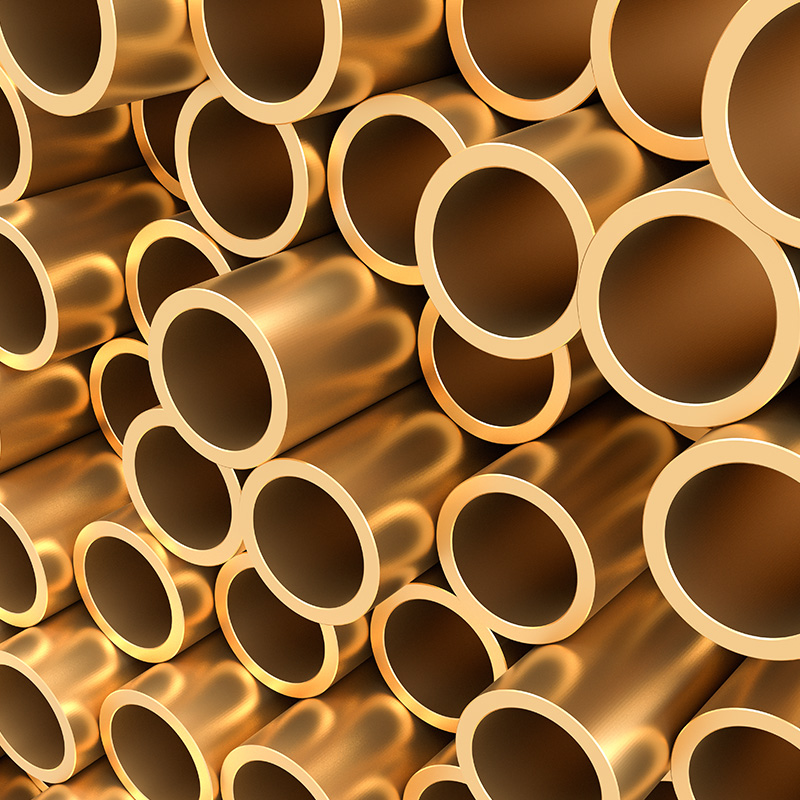Copper Tubes
Copper tubing is most often used for heating systems, and as a refrigerant line in HVAC systems. Copper tubing is slowly being replaced by PEX tubing in hot and cold water applications. There are two basic types of copper tubing, soft copper and rigid copper. Copper tubing is joined using flare connection, compression connection, pressed connection, or solder. Copper offers a high level of corrosion resistance
Generally, copper tubes are soldered directly into copper or brass fittings, although compression, crimp, or flare fittings are also used. Formerly, concerns with copper supply tubes included the lead used in the solder at joints (50% tin and 50% lead). Some studies have shown significant leaching of the lead into the potable water stream, particularly after long periods of low usage, followed by peak demand periods. In hard water applications, shortly after installation, the interior of the pipes will be coated with the deposited minerals that had been dissolved in the water, and therefore the vast majority of exposed lead is prevented from entering the potable water. Building codes throughout the U.S. require the use of virtually “lead-free” (<0.2% lead) solder or filler metals in plumbing fittings and appliances.
